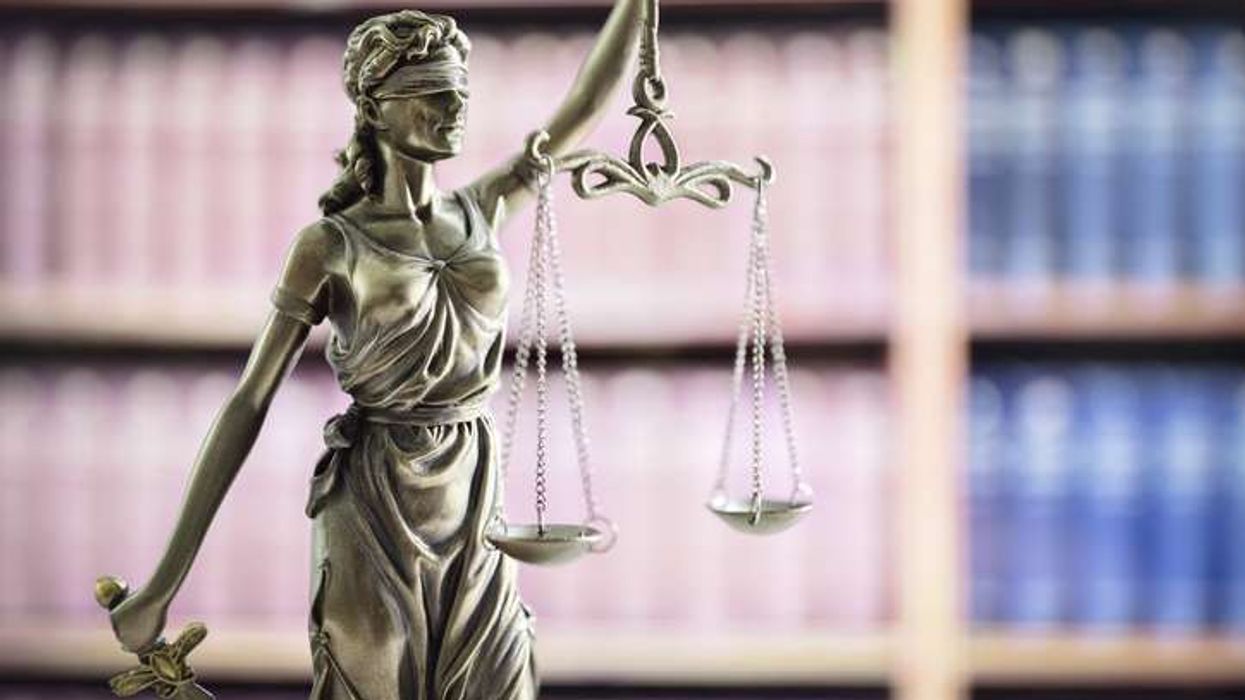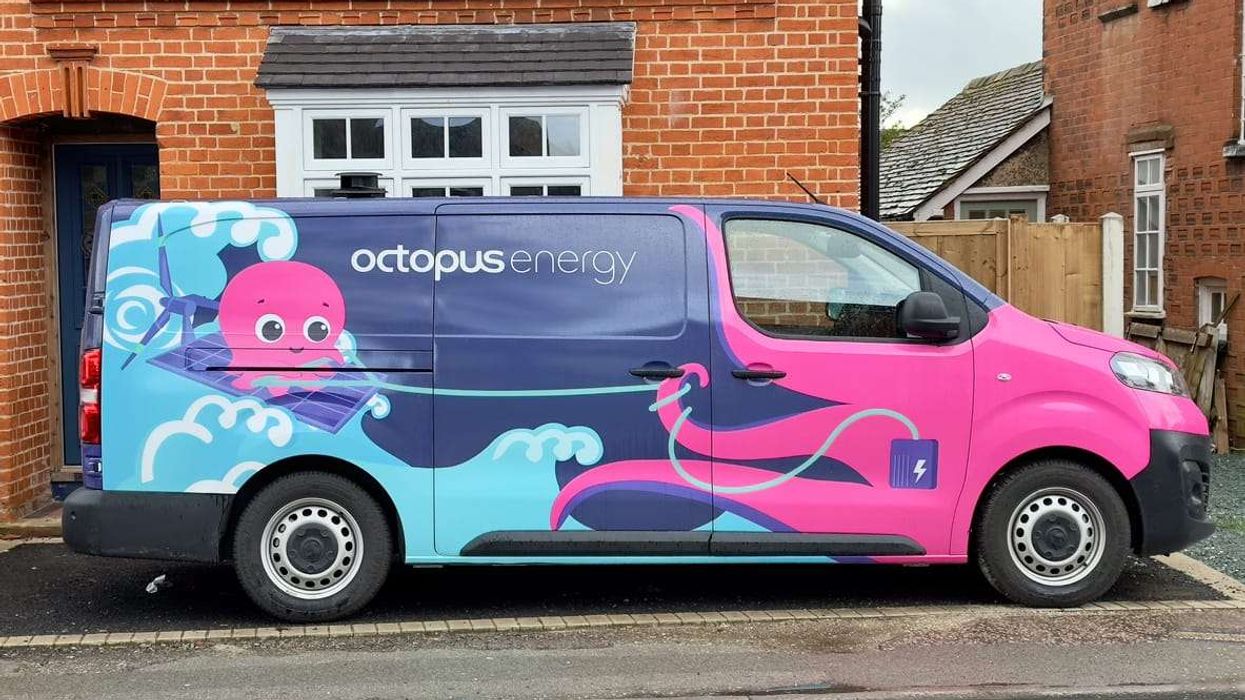by AMIT ROY
WAS Queen Victoria the first proponent of a “multicultural” Britain, long before that word was invented?
As Britain prepares to mark the 200th anniversary of her birth on May 24, 1819, that indeed appears to be the thesis endorsed by a new book, Empress: Queen Victoria and India (Yale; £25) by Miles Taylor, professor of modern history at York University.
As for her multicultural credentials, Taylor says: “She is very aware that the Empire contains lots of indigenous people, not just in relation to India but in relation to the Maori people of New Zealand, the native peoples of Canada and North America, the Zulu people in southern Africa. She does not dispute the right of the British to take control – she argues
it is often to protect indigenous people from other European powers – but she is always very sympathetic to them.”
He suggests that Victoria’s legacy is much more profound than that portrayed in the ITV drama which focused primarily on her romance with Prince Albert.
After extensive research in the UK, India, north America and Germany, Taylor has come up with new material on Victoria, especially how she frequently fell out with senior officials who became “fed up” with her pro-Indian attitudes.
There is, for example, what happened with Victoria’s coffin after she died at Osborne House on January 22, 1901. “Her body was taken to the chapel in Osborne to lie in state until the funeral,” the book states. “There, the queen’s coffin was laid upon a dais covered with the
Royal Standard, with the Scottish lion and the Irish harp showing at each end.
“Beneath the Royal Standard lay an Indian shawl, and an Indian carpet was laid on the floor. In death as in life, India was never far away from the queen.”
During an interview conducted in the spacious members’ room at the Victoria & Albert Museum in London – the building has a statue of Victoria high above the main entrance in Cromwell Road – Taylor discloses how he stumbled across the arrangements for Victoria’s coffin, which was airbrushed from history, in her doctor’s correspondence.
“If you read most accounts of her death, they get as far as the royal standard and then they stop,” he remarks, adding that perhaps “they (the establishment) don’t want people to know”.
He has taken care not to offer a sanitised portrait of Victoria. As a constitutional monarch her authority was limited, but she exercised her influence as best as she could to give Indians greater equality.
Victoria was instinctively pro-Indian, Taylor argues. After the 1857 rebellion when power was transferred from the East India Company to the British government in Whitehall, Victoria issued a royal proclamation the following year which came to be considered by Indian nationalists as an “Indian Magna Carta”.
Taylor says: “At the beginning of her reign in the 1840s and 1850s, she believed all the Victorian religious nonsense – that the British have a destiny to convert and in the missionary church. But all that changes with the rebellion of 1857. After 1857 she is very against the missionary agenda in India.
“The 1858 proclamation has this promise of clemency as well as toleration, and she does not believe a lot of the stories that emerged about the treatment and mutilation of European children and women in the canton towns.”
Taylor also writes about the plot to overthrow the British in the state of Manipur in 1891, for which the local prince, known as the “Senapati”, was executed, much to Victoria’s fury.
“The Manipur crisis revealed many of the queen’s usual Indian traits,” the book explains. “There was the distrust of local British officials in India and an instinctive tendency to take
the side of the Indian princes.”
Victoria was formally declared “Empress of India” in 1876, and though she never visited the country, she made it a point of principle not to rely solely on biased British officials for her briefings. Instead, she developed her own channels of communication. Quite often, despite attempts by officials to block access, she gave audiences to Indian royalty, especially
women folk, among them the Begums of Awadh and Bhopal.
In 1842, she also met the influential Dwarkanath Tagore, grandfather of the poet and Nobel laureate Rabindranath Tagore. She gifted Dwarkanath a piece of tartan and invited him to join her party on her first trip to Scotland.
A reasonably skilled artist, Victoria sketched her guest, something she also did with Maharajah Duleep Singh while the youth was having his famous painting done by Franz Xaver Winterhalter.
Another of Victoria’s ideas that Indian princes should be allocated seats in the House of Lords was blocked. But her wish for them to be given positions of command in the British army was fulfilled to some extent.
“To a certain extent you get that in the First World War – for example, the Maharajah of Bikaner (Ganga Singh) joins Lloyd George’s Imperial war cabinet,” says Taylor.
Many of her ideas were decades ahead of their times. Victoria was an enthusiastic supporter of education for the girl child in India.
Taylor emphasises: “If you look at gazetteers and topographical directories of India in the 1900s, the number of vernacular and English schools set up that uses her name is amazing – so is the number of prizes that are endowed in her name. She is taken very seriously as an exemplar of education.”
There is a record of a meeting in the early 1870s with the Bengali philosopher and social reformer, Keshub Chandra Sen, who was “seeking her support for vernacular schools”.
Taylor explains: “Sen is also the father of Suniti Devi, who marries the Maharajah of Cooch Behar. She also meets Queen Victoria.”
One ally that Victoria could always reply on was her husband, Prince Albert. According to Taylor, “Albert is very influenced by (the German-born Sanskrit scholar) Max Müller and his ideas about Aryan culture, particularly the linguistic philological basis. His is a more intellectual interest.
“She is very independently minded in relation to India. Particularly after Albert dies, she thinks she is doing what he would have wanted. He belongs to one of those little states that come out of the Holy Roman Empire. It is much more like the princely states of India. She agrees with that.”
The book states: “As president of the Royal Society of Arts, Prince Albert was the genius behind the most extensive display of Indian culture ever seen in Britain – the Indian court at the 1851 ‘Exhibition of All Nations’ at the Crystal Palace in Hyde Park.”
On show was the uncut Kohinoor diamond which, incidentally, failed to impress the crowds.
Taylor tells the story of a not very well known episode in the diamond’s long and bloody history. “It is taken in 1848-49 when their armies had fought the war against the Sikh
forces as war booty. Lord Dalhousie (governor- general of India) straps it to his body even when he is having a bath.
“Then it is sent by ship from Bombay and eventually reaches England and then there is this big quarrel between the East India company and the palace over who owns it – Dalhousie says he has made it a present to the Queen. He wants all of this done in her name. They see it as a transfer of power from one royal power to another royal power.
“The queen did not want to give it to the East India Company. The East India Company said, ‘legally it is ours,’ and she said, ‘no, it’s not’.
“Duleep Singh, who is the heir to the Punjab, is also ‘given’ to the Queen – the poor 15-year-old boy. And she lets him touch the Kohinoor. Dalhousie sends it first and he comes three or four years later to the UK when Duleep is 15.”
Taylor, whose British-Indian wife, Shalini Sharma, is also a historian – the book is dedicated to her – explains what motivated him to write Empress: Queen Victoria and India. “I have always been very interested in how the empire affects British culture, the strange phenomenon whereby Britain has this huge empire yet does not talk about it very much.
“I have always been very interested in that as a historian and what concerned me particularly – looking at British institutions like parliament, like monarchy – was to see how they have been affected by empire. I started working on the royal family in the 19th century. The more I looked at it, the more and more India became central. It’s very obvious India was a constant preoccupation of Victoria and her family throughout her reign. It does not begin with her becoming Empress of India in 1876 – it was there long before.”
Taylor will be in Kolkata later this year to give a lecture at the Victoria Memorial Hall, which was completed in 1921 after 20 years of stop-start construction. Against the trend, its name was retained after independence in 1947. And the statue of Victoria in front of the huge marble edifice still stands to this day as a much-loved landmark of the city.











